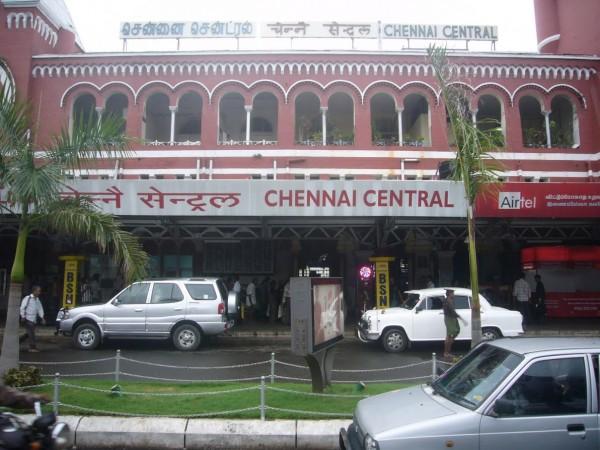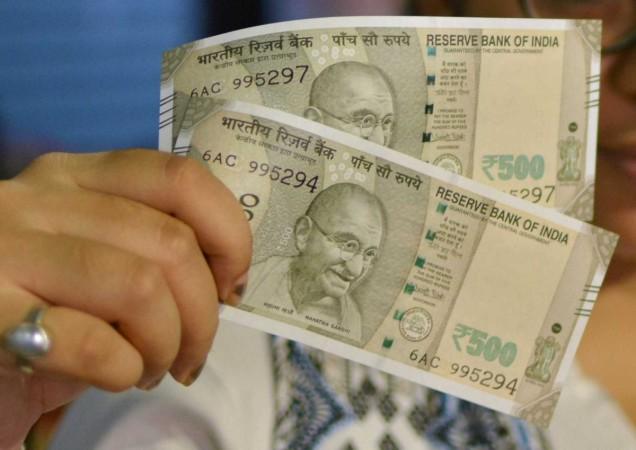
The 7th Central Pay Commission (CPC) recommended abolition of 51 allowances and subsuming 37 others with the existing ones after examining 196 allowances, but for some, the CPC has actually proposed a steep hike. If the proposals are accepted, about 26,000 employees of Indian Railways are in for a bonanza.
In its voluminous report, the CPC has recommended that those employed as controllers, whose role is key to train operations, including events such as breakdown or accidents, should get a special allowance of Rs 5,000 per month, apart from proportionate increase based on dearness allowance.
"However, having regard to the strenuous nature of the job, and to incentivise qualified persons to work as Controllers, we recommend a Special Train Controllers' Allowance of ₹5,000 per month to Section Controllers and Dy. Chief Controllers. The allowance will increase by 25 percent each time DA rises by 50 percent," the CPC recommended.
The proposed hike was based on a study of visit to the Control Office at Central Railway, Mumbai and a first-hand experience of "the working conditions and pressure under which the controllers work," the report said, adding, "We have no doubt in our minds that the post of controllers is a critical and important one and deserves to be so recognised."
The CPC was also of the view that there needs to be a shift in the recruitment pattern for appointing controllers from the current practice in which about "85 percent" of the section controllers are sourced from those who are station masters, yard masters, traffic inspectors and guards, while the rest (15 percent) are directly recruited through railway recruitment boards.
"The Commission is of the view that such kind of work that requires constant attention is more suited for younger employees.Hence, we recommend that direct recruitment quota for this category should be increased from the present 15 percent to 30 percent."
There are two categories of controllers — section controllers and deputy chief controllers.
Station masters get some, lose some
In its report, the CPC recommended the abolition of the post of "Assistant Station Master" or ASM, and those currently in the post be upgraded. "...it is recommended that the ASMs in GP 2800 should first be upgraded to GP 4200 and then fitted in the revised Pay Matrix. The cadre will then have 60 percent posts in Level 6 and 40 percent in Level 7. The designation of ASM may be abolished."
"Other demands like grant of Safety and Punctuality Allowance, Outturn Allowance are not justified," the CPC added. Numbering about 39,000 at the time of preparing the report, the structure in this category is a three-tier one — ASM, Station Master and Station Superintendent.
They are posted on railway stations and assigned duties such as "traffic, commercial duties like issue of tickets, goods handling, parcel handling, accounting of station earnings."

Decision on allowances likely this week
The high-powered committee on examining allowances headed by finance secretary Ashok Lavasa is expected to submit its report to the finance ministry this week.
The recommendations of the CPC cover about 47 lakh Central government employees and 53 lakh pensioners, of which 14 lakh employees and 18 lakh pensioners are from the defence forces. There is already a demand by employees that the hike in house rent allowance (HRA) should be more than what's proposed by the CPC.
"...the Commission recommends that HRA should be rationalized to 24 percent, 16 percent and 8 percent of the Basic Pay for Class X, Y and Z cities respectively," the CPC said in its report on HRA.
"The Commission also recommends that the rate of HRA will be revised to 27 percent, 18 percent and 9 percent when DA crosses 50 percent, and further revised to 30 percent, 20 percent and 10 percent when DA crosses 100 percent," it added.
A city or town with a population of less than 5 lakh is categorised as "Z", while the threshold is 5 to less than 50 lakh for "Y". Cities with a population of 50 lakh or above are classified as "X".
Employees have demanded a hike of 30 percent, 20 percent and 10 percent, respectively, as against the CPC's recommendations.


















